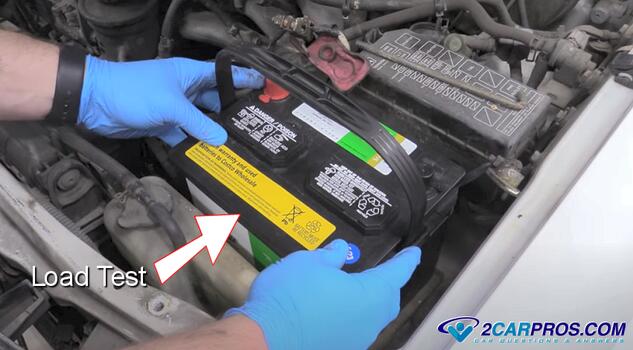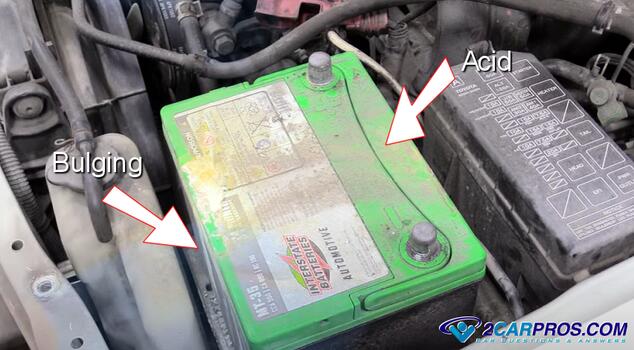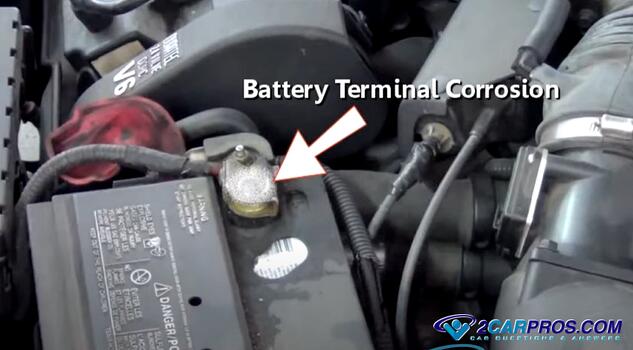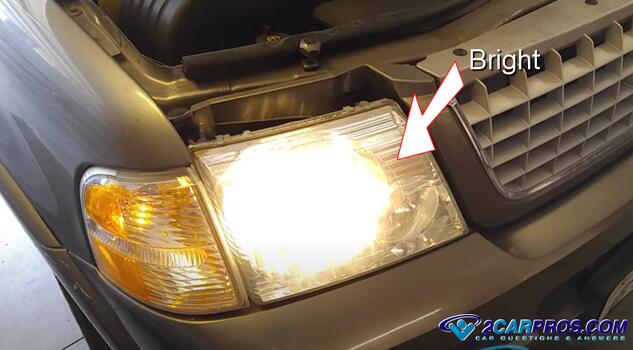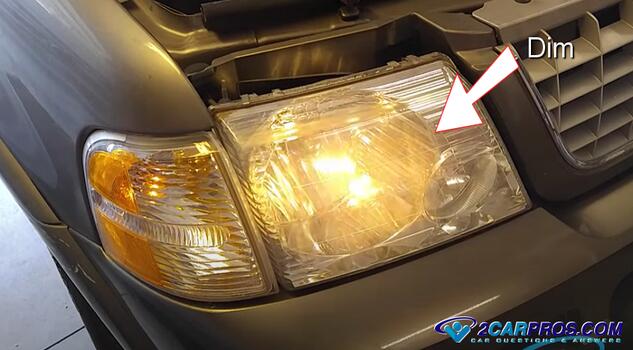Load testing a car 12 volt battery might seem complicated, and it can be, many high end battery testers that cost hundreds for dollars are designed for it. But, you can get an idea of the battery has the juice to get the job done without these expensive diagnostics, or having to remove the battery and take it to the auto parts store or repair shop. The guide below will show you how, and it only takes about 15 minutes.
- If your car's battery warning light has been on while driving the alternator should be tested because the battery is not being recharged.
- If you have a new battery, and it goes dead overnight something in the electrical system is draining the battery down and needs to be repaired.
Battery Load Testing - No Equipment Required
Safety First: When working with a battery wear protective eye wear and gloves, stand clear of the battery while the engine is being cranked over. Ensure you work in a well-ventilated area to avoid exposure to harmful gases.
1. Open the you car hood to locate the battery to check its condition, (some batteries are located in the trunk, or under the rear seat). Inspect the battery case for leakage or bulging which is an indication of warped internal plates which can short circuit.
2. Look for corrosion at the positive and negative battery terminals, which can eat away at the metal inside the battery cables and can cause a connection problem.
Begin Testing
1. Turn the headlights on, and leave them on for about 15 minutes (do not start the engine), they should remain bright much like when the car is running.
2. After the fifteen minutes is up and while the headlights are still on, try to crank the engine over while observing the headlight bulb brightness. The lights should only dim slightly when using the starter. If the headlights dim way down and go out, or you notice the engine is cranked over slowly followed by a ratcheting style of clicking noise the battery has failed and it must be replaced.
Additional Tips
- Perform this test periodically, especially before winter, as cold temperatures can affect battery performance.
- Keep your battery terminals clean and free of corrosion to ensure a good connection.
- Consider investing in a dedicated battery tester for more accurate results and regular maintenance.
Disclaimer
This guide is for informational purposes only. Performing automotive battery tests involves risks, author assumes no responsibility for any damage or injury resulting from the use of this guide. Note: This method is less accurate and should not replace professional testing.
Watch the Video!
Please watch this video of the job being done to glean additional helpful information.
Credits
This guide knowledge base was created by the 2CarPros Team, and by Ken Lavacot: Automobile repair shop owner and certified master automobile technician of over 30 years. If you have question or need help please ask one of our experts we are happy to help. Please visit our 2CarPros YouTube Channel.



